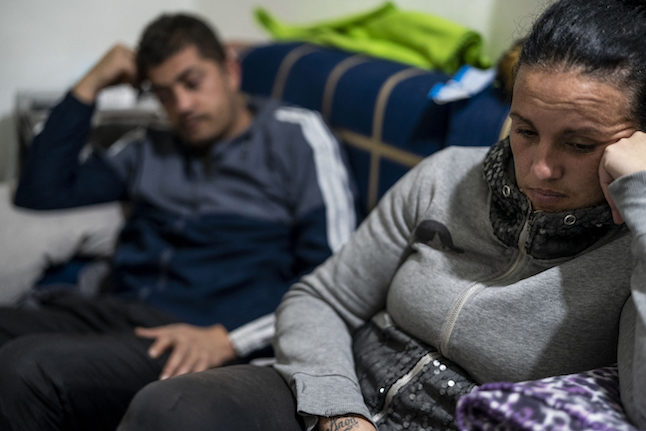All three of Sweden’s big city regions showed a decline in bankruptcies, with retail and services rebounding strongly.
478 firms went to the wall during the month, a decline of 21 percent on February 2009, according to statistics from UC, Sweden’s largest business and credit information agency.
For the year to date, 962 firms have filed for bankruptcy, a decline of 18 percent on the corresponding period of last year.
“The beginning of the year has been positive for most Swedish firms,” UC’s marketing head Roland Sigbladh said in a company statement on Monday.
The retail sector is showing signs of continued strength, with services and manufacturing declaring greater faith in the future.
Bankruptcies have declined by a third among retail firms and those operating within law, financials, science and technology over the past year.
The construction industry is lagging behind the upswing, according to the UC report while the property sector has been affected by weaker demand. Several export firms have been hit by the recent strengthening in the Swedish krona.
Despite the positive outlook in the first months of 2010 UC writes that the coming spring and summer periods are laced with uncertainty, with some 5,000 companies owing outstanding taxes for 2009.
UC also warned of the effects on private consumption that interest rate rises may bring although any overhanging factors affecting macro economic development are largely outside of Sweden’s control, the company concludes.
“Insecurity over a new recession concerns mostly the impact of international factors, as the situation in the Swedish economy is stable,” Roland Sigbladh at UC said.


 Please whitelist us to continue reading.
Please whitelist us to continue reading.
Member comments